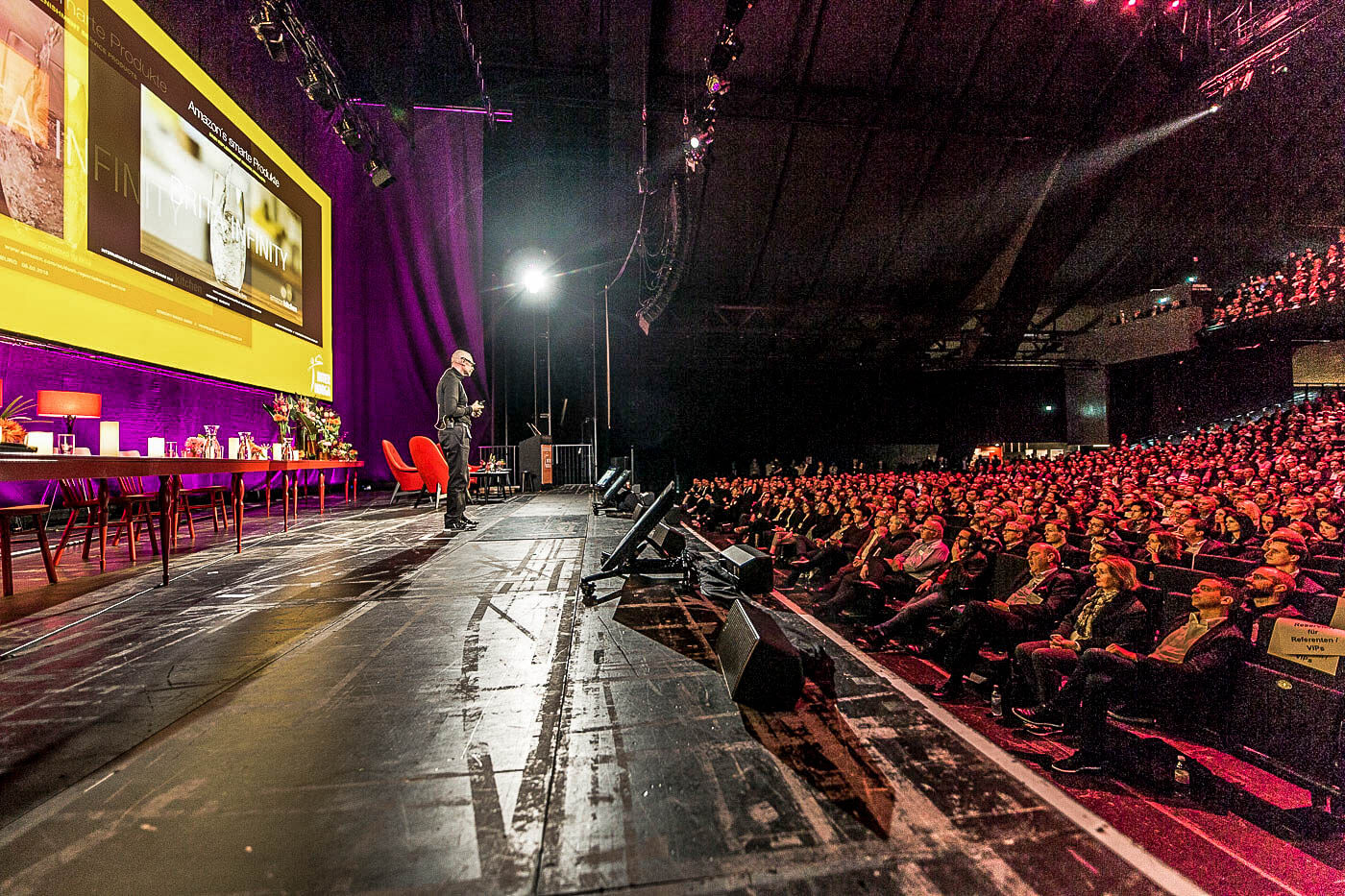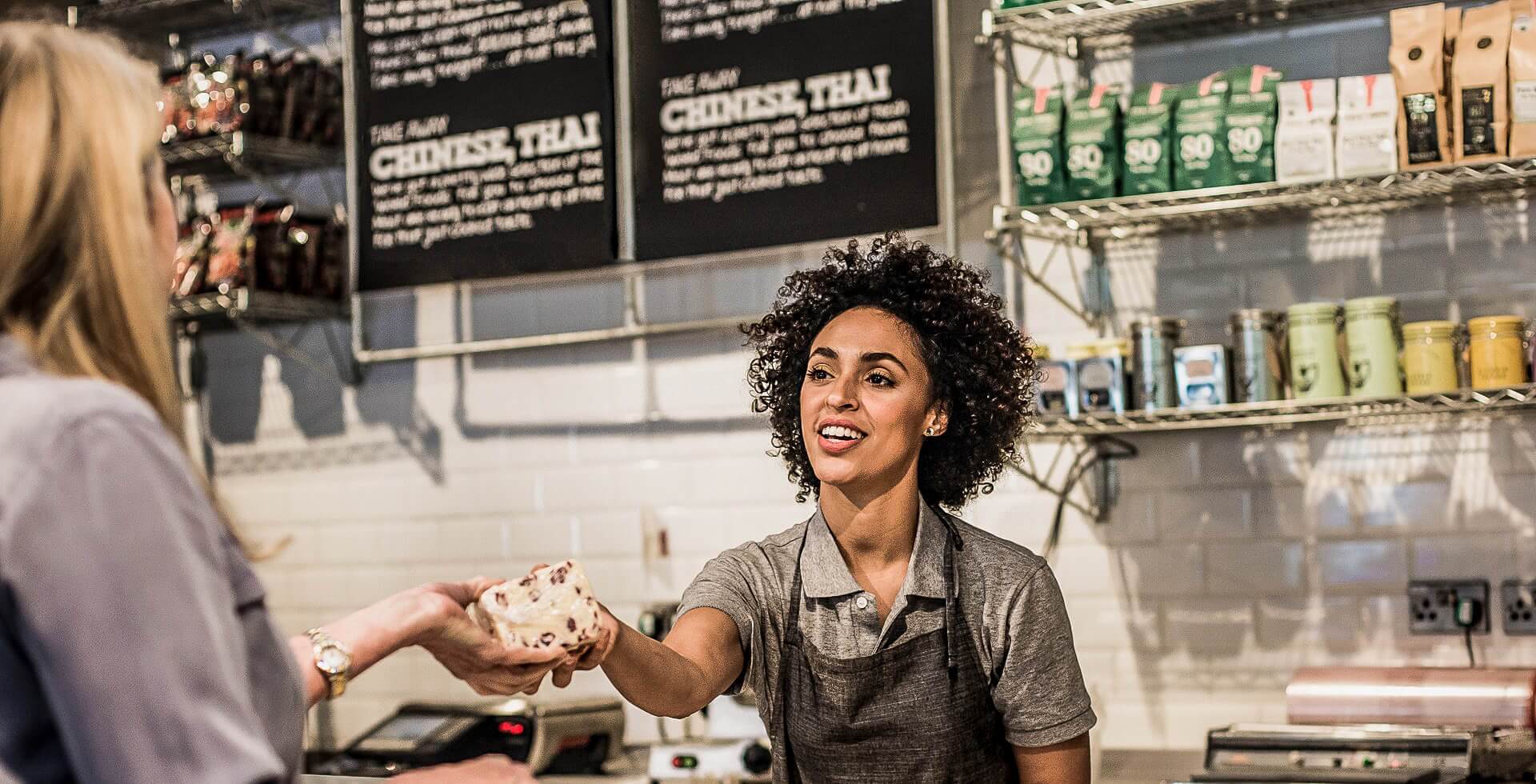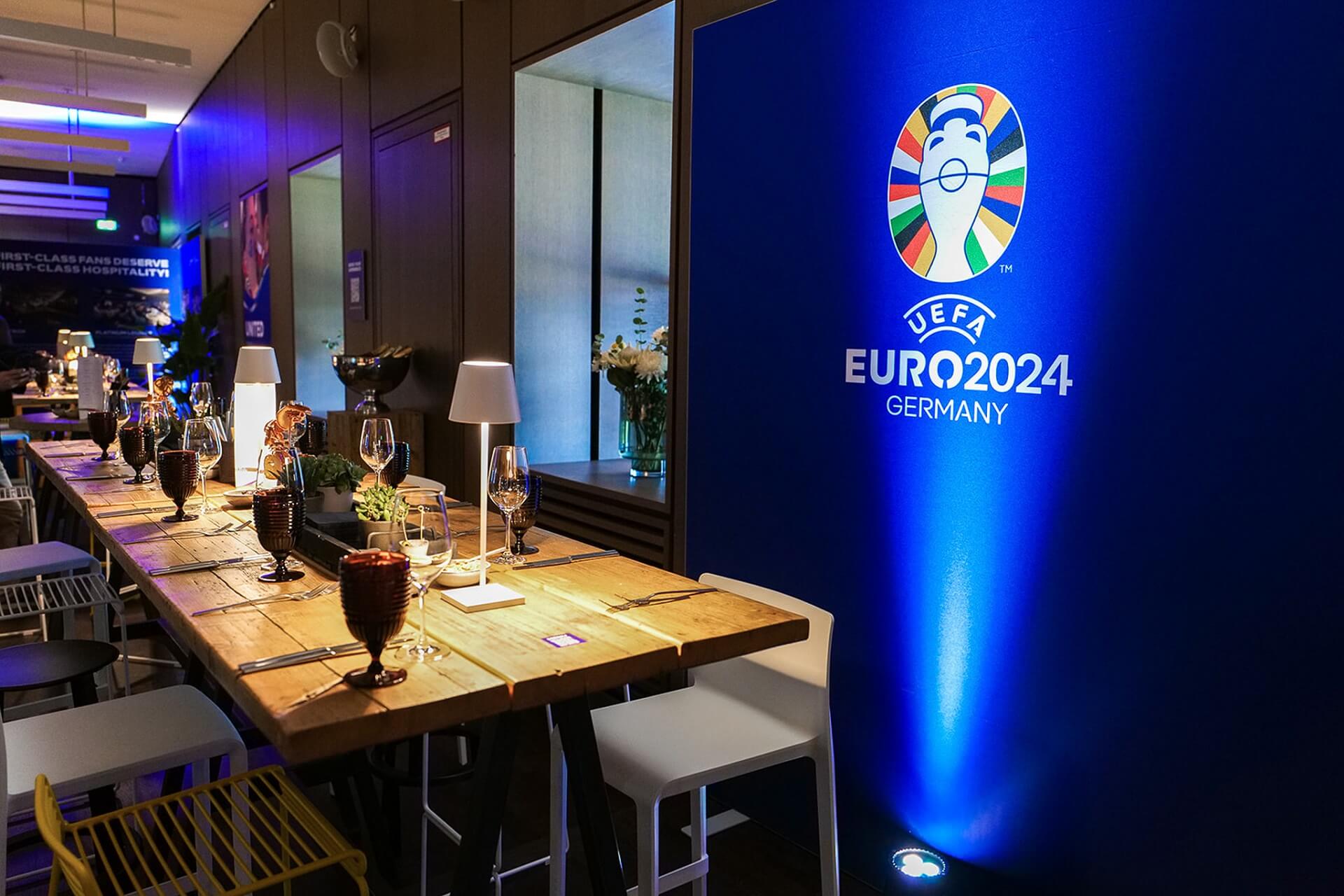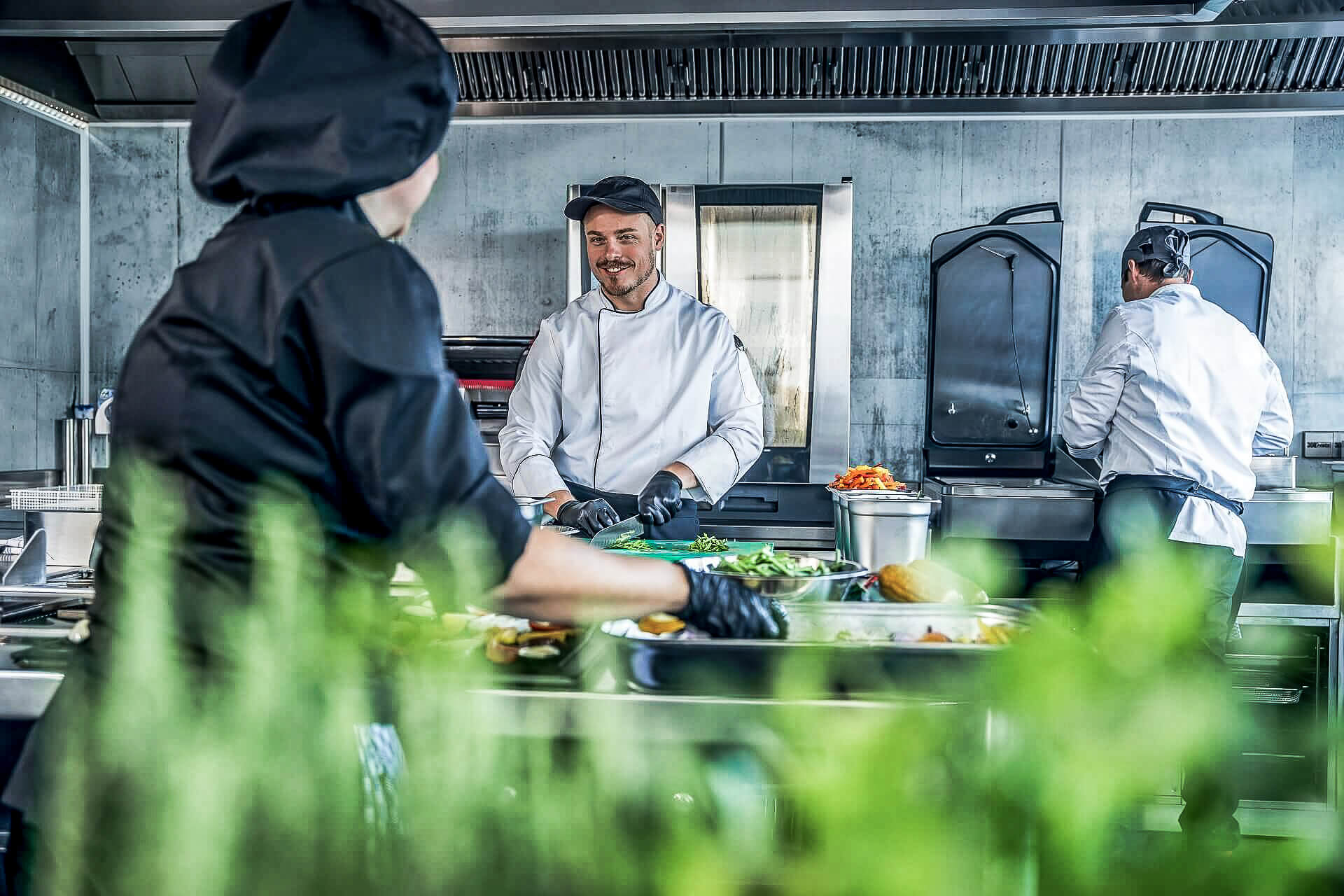Making it in the ultra-competitive to-go market means recognizing trends quickly and making the most of new opportunities. So what food trends might be the next big thing? What ideas have real potential for the restaurant world? Internorga collaborated with renowned trend researcher Karin Tischer to study those very questions.
Read on as we take a closer look at a few of the hottest culinary trends on the horizon.
Straight from the streets: Street food gets a culinary makeover
It may make you think of stale peanuts and gummy bears in front of the TV, but snacking is THE mega-trend of the culinary future. It’s fast, but it’s definitely not fast food; the emphasis is on high-quality nibbles that people can enjoy any time of day. Once mainly found in street-food markets around the world, these quick, tasty bites are now popping up in world-class restaurants— whether they’re Asian street food classics re-imagined as gourmet creations or Levantine delicacies full of vegetables and exotic spices. (Falafel? Always a great idea. Michelin-starred falafel? Yes, please!)
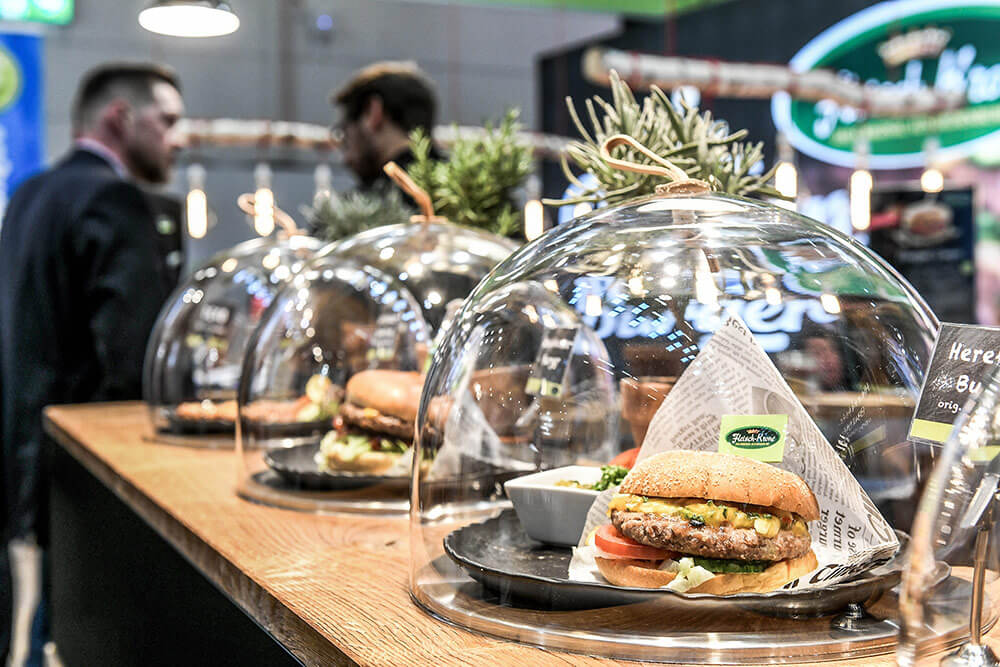
Street food gets a culinary makeover / Image: © Hamburg Messe und Congress / Katrin Neuhauser
This food trend is packed with potential for boosting profits and helping restaurants carve their own niche within a competitive market, because it gives customers the big, wide world on a small plate.
Binary cuisine—food service 4.0
One trend that may revolutionize the industry even more is digitization. We hate to describe it as a “digital transformation”, because people tend to associate that with alienation and weird dystopian-future scenarios, but there’s no getting around the fact that digitization is taking the to-go market by storm, one byte at a time. Customers have come to take it for granted that they’ll be able to reserve tables by smartphone and pay with an app.
Online services give them what they want, which is good food, anytime, anywhere. This restaurant trend is becoming more important all the time, especially when it comes to the booming food-delivery market. More and more providers are also offering live tracking services that allow customers to follow their dinners from the stove to the living room.
Food trend: #foodporn
Speaking of digitization: the online marketing world still has plenty of untapped potential. Having a strong online presence isn’t just a recommendation anymore, it’s a requirement.
The Evening Standard even put out its own ranking of the Most Instagrammable Restaurants in London, if that tells you anything about how the industry’s developed. With their perfectly arranged plates and their industrial-chic interior design, today’s super-stylish food temples are all about looking great on social media. In the big-city birthplaces of today’s restaurant trends, many locations have based their entire concept on foodography—every aspect of the dining experience is designed with maximum envy-inspiring Instagram photos in mind. And it works! #foodporn has helped more than a few restaurants become the next big thing. Sophisticated interior concepts and Instagram-friendly to-go meals don’t just create added value for diners—they also create a bigger buzz around the restaurant.
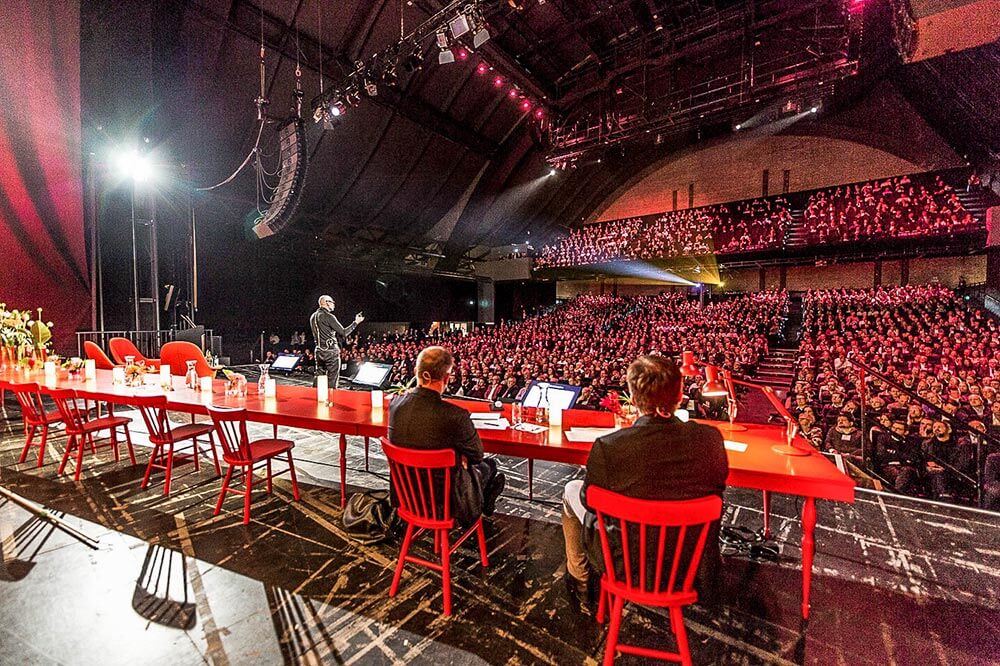
Latest food trends at Internorga / Image: ©Hamburg Messe und Congress / Oliver Vonberg
The digital revolution is obviously changing perspectives within the industry in many ways. It’s not just about rethinking how we interact with customers; it’s also about using modern technologies to take internal processes—from cold chains to monitoring systems—to a whole new level of efficiency.
Of course, all of these exciting new developments mean significant, ever-changing challenges, but they also create major opportunities for restaurateurs to optimize their own businesses and create unique experiences for their customers.
Going green: back to nature dining concepts
Despite all the hype around digitization and future food, though, a counter-trend has been picking up steam for awhile now as well. According to trend researcher Karin Tischer, real, natural-tasting products, regional foods, and transparent procurement processes aren’t just a temporary food trend—they’re part of an increasingly popular back to nature lifestyle that emphasizes using and handling food with care and respect.
Sure, green living isn’t exactly a new idea, but the market is booming, thanks in part to growing public awareness of sustainability issues. Although true vegetarians still make up less than 10% of the population, more and more people are showing interest in meatless alternatives and creative veggie-based cuisine. High-quality products with no additives, lactose-free and gluten-free options all cater to customers’ desire to lead greener, healthier lives.
And one thing’s for sure: healthy food can be sexy, too! Clean, green eating’s moved well beyond its former reputation as something only dusty old hippies care about. One of the biggest stars in the food trends sky is plantism, a spacey-sounding word for eating a balanced, low-sugar diet with a strong focus on plant-based dishes. Offering a wide selection of super-nutritious plantist-friendly options can help restaurateurs get ahead on the to-go market.
The team at Edelgrün (“Evergreen”) in Cologne has realized the green-living restaurant concept perfectly: clean eating, regional products, simple interior, and (of course) plenty of plants to symbolize the restaurant’s connection to nature. Want to go a step further? Take a page from Good Bank in Berlin, where they grow their own lettuce right there in the dining area.
The tea is hot! Daring new taste sensations
Surprising culinary experiences and innovative preparation methods awaken customers’ sense of adventure, which translates to bigger restaurant profits. Trend scout Karin Tischer sees this as a trend restaurateurs can—and should—take advantage of; she sees big things ahead for culinary professionals who have the courage to try out new restaurant trends and put their own unique twist on their creations. How about tea-time on a plate, for example? Tea as a spice? As a fun new ice-cream flavor? It’s a matcha! Tea has an unbelievably diverse range of aromas, and it’s starting to give good old coffee a run for its money.
Much abrew: Fermentation
One general culinary trend we’re definitely seeing is in the direction of creativity and new (or newly rediscovered) preparation methods… fermentation, for example. Yep, you heard right. Fermented foods pretty much combine all the things that make healthy food healthy—they pack a punch in terms of both taste and nutrients.
Some of the biggest names in the industry are jumping on the bandwagon: At Noma in Copenhagen, René Redzepi’s offering a sauce made of fermented grasshoppers, and Magnus Nilsson’s doing pickled plants at Fäviken Magasinet. Not to mention Young-Mi Park-Snowden, the “kimchi princess” who’s made this restaurant concept her calling card and is shaking up the Berlin restaurant scene with her fermented cabbage.
So… step one: sauerkraut, step two: profit? Hey, if it was good enough for Caesar, it’s got potential for modern gastronomy. Incorporating fermentation into your restaurant’s flavor profile can help set you apart from the competition and puts you squarely on Team Healthy Living, which can help draw new customers. Fermentation may have been around for 2,000 years, but it’s not too late to get ahead of this trend!
www.internorga.com


